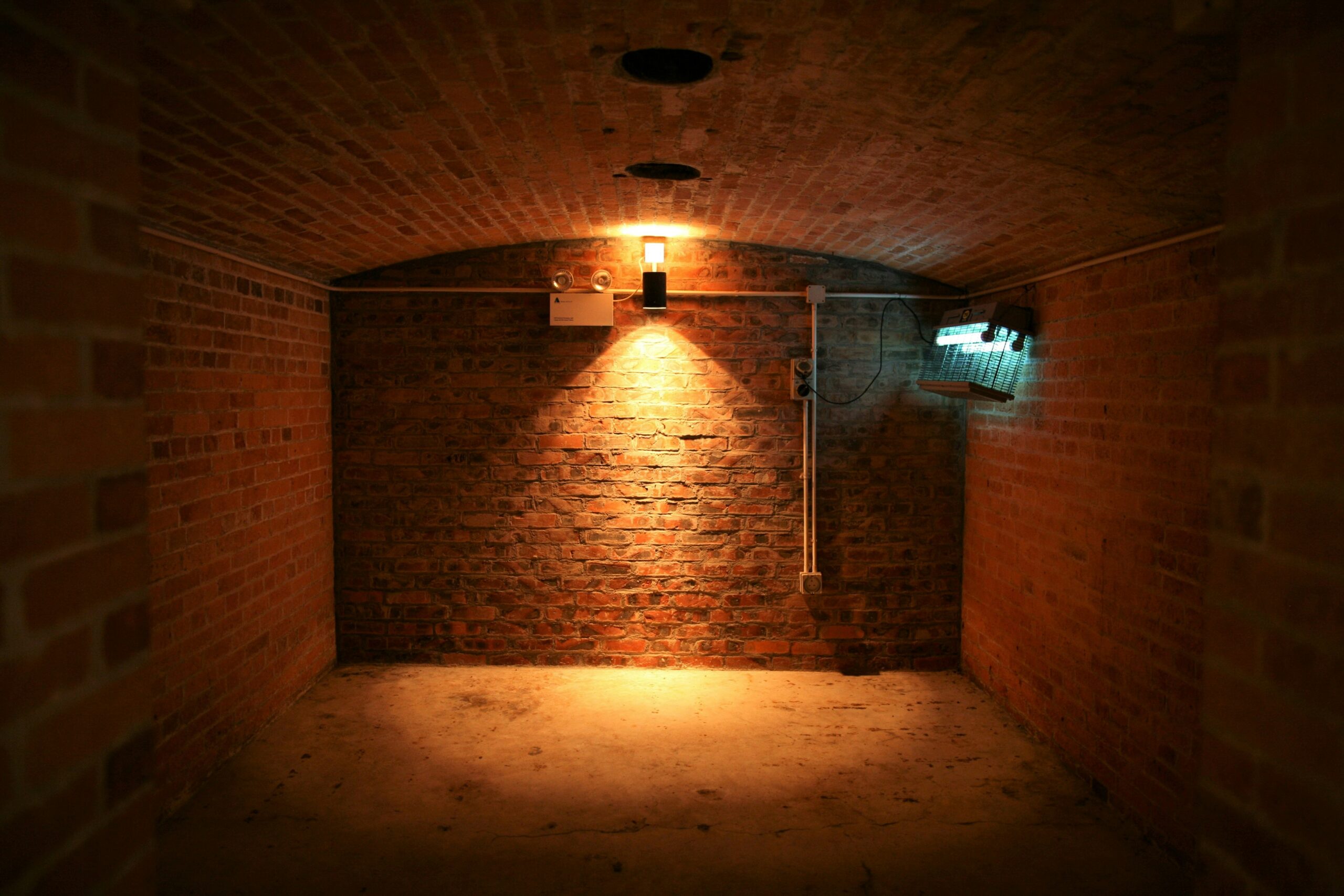Imagine entering a room as cold as a polar bear’s den, where uncovering secrets requires more than just intelligence—it tests the strength of teamwork.
Here, among seemingly insignificant items—a worn bag, a mysterious jar of cream—lie the clues that, when put together, lead to collaborative success.
Escape rooms are more than just a thrilling race against time; they are environments where emerging teams’ resilience is developed under a game’s enjoyable facade.
They encourage participants to look beyond the obvious, think creatively, and communicate effectively.
In this article, discover how these adventures can transform a group of individuals into a tight-knit team ready to tackle any challenge.
Key Takeaways
- Escape Rooms Foster Collaboration and Innovation Among Team Members
- Effective Escape Room Experiences Require Carefully Chosen Themes and Puzzles Relevant to the Team’s Size and Culture
- Escape Rooms Push Individuals Out of Comfort Zones, Revealing Hidden Strengths and Promoting Psychological Safety
- Shared Escape Room Successes Enhance Morale and Foster a Sense of Camaraderie Within Teams
- The Skills Honed in Escape Rooms, Such as Quick Thinking and Problem Solving, Are Transferable to the Workplace
The Role of Escape Rooms in Effective Team Building

Picture a group of fresh faces stepping into an escape room. The only way out is through a maze of clues and puzzles that demand collaboration.
Innovation takes the front seat in this high-stakes environment as team members find themselves relay-racing ideas, much like passing scissors in a crafting marathon.
Nothing bonds people quite like shared challenges.
The escape room experience goes beyond just fun and games; it’s a test—a sweet one like candy—of clear communication and collective problem-solving.
There’s no room for fear or hesitation in that pressured space where the clock ticks down.
Every participant is vital, every idea counts, and the thrilling race against time turns colleagues into collaborators, building a foundation of strong teamwork that extends well beyond the game.
How Escape Rooms Foster Communication Among Team Members
During escape room challenges, people leave their comfort zones and engage in genuine conversations, moving beyond everyday topics and work policies. As they work through the puzzles and references to pop culture, colleagues learn empathetic communication, actively listen, and collaborate, fostering the confidence needed for effective team building.
Developing Problem-Solving Skills Together
When teams enter an escape room, the experience hones problem-solving skills in real time. This unique activity provides a taste of success in balancing privacy and pressure, where quick thinking is as valuable as the skills developed during an advertising pitch. As they tackle each challenge, team members combine their diverse perspectives into a collective force, turning puzzles into opportunities for innovation and strategic triumph.
Planning Your First Team Building Escape Room Experience

Selecting an escape room appropriate for the group’s size and members’ varied abilities sets the stage for an unforgettable team-building experience.
Much as one would deliberate over the choice of a hobby or pick the perfect outfit for an event, choosing the right challenge requires careful consideration and a consensus that can spark as much debate as choosing sides for a beach ball game.
Once the ideal room has been found, teams should focus on crafting a game plan, ensuring that everyone knows their role and that these roles fit like well-chosen clothing, setting the stage for an experience as smooth and coordinated as a well-practiced dance routine.
Choosing the Right Escape Room for Your Team’s Size and Skills
When choosing an escape room can feel like solving a puzzle. The reason for selecting the perfect one is simple: it’s about creating a shared memory that resonates with your team. Look for a theme that speaks to your group, whether it’s a historical adventure that teaches about past teamwork triumphs or a whimsical caper featuring an animal as a central character. The goal is to find an escape room that matches your group’s size and aligns with your workplace’s culture.
Essential Pre-Game Strategies for a Smooth Experience
Before the game clock starts ticking, teams can benefit immensely from a brief brainstorming session. This warm-up acts like the fluffy marshmallow of the escape room experience: it’s light, sweet, and designed to get creative juices flowing. Understanding that competition should remain friendly fosters an environment where a virtual team can express ideas freely, setting a tone that encourages everyone to contribute equally without fear of judgment.
The feedback gathered from these initial discussions provides valuable insight, ensuring that the escape adventure is not just a hit but a journey of collective growth and understanding.
Decoding Challenges, Unlocking Potential Within Teams

Stepping into an escape room, teams often face a symphony of puzzles that can only be solved when everyone strikes a chord together.
This environment, rife with pressure and unpredictability, becomes the ultimate facilitator for uniting colleagues toward common goals.
It’s like being tossed a hula hoop and needing to find a way to get everyone through it without breaking the chain—static on the sidelines is not an option.
Crowdsourcing solutions from each member’s unique skill set turns the room into a melting pot of ideas, diminishing individual anxiety and nurturing collective psychological safety.
In these moments, hidden strengths surface, transforming the group into a united force against the ticking clock.
Uniting Towards Common Goals Under Pressure
During an escape room challenge, improvisation is crucial when every player feels stressed. Teams can’t waste time and must work together intensely like a band tuning its instruments before a performance. This pressure helps mold individuals into a unified group, turning the experience into a powerful lesson in education and trust.
Identifying and Leveraging Individual Strengths in a Team
In an escape room, the diverse landscape allows each team member’s unique capabilities to shine, unencumbered by the daily grind. Much like how social media platforms filter out the noise and spotlight the truth of each shared moment, escape room challenges bring out individual talents that come together to solve the puzzle. This natural process paves the way to achieving the common goal and fosters a collective sense of joy and accomplishment.
- A social media expert becomes the communicator, deftly interpreting clues and conveying strategies.
- The logical thinker, often reserved in meetings, steps forward with a clear vision, piecing together puzzle parts with surprising skill.
- An introverted coder offers a detail-oriented perspective, identifying patterns that others miss.
The Unseen Benefits of an Escape Room Adventure for Teams

Amid laughter and animated gestures during an escape room challenge, there’s a deeper impact on workplace teams often overlooked.
As colleagues navigate through puzzles together, they forge stronger bonds—a hidden benefit of such activities. Whether deciphering paper clues or unlocking digital locks, these experiences resonate even with remote teams, allowing each player to showcase their strengths, whether they’re the office jokester or the nurturing leader.
From the shared joy of success to the collective disappointment of coming close, these adventures naturally lift morale and foster camaraderie. Moreover, they push individuals to think creatively, expanding their horizons beyond the usual work routines
Boosting Morale and Workplace Satisfaction Through Shared Successes
Shared successes in escape rooms inject an infectious dose of enthusiasm into the work environment, especially for smaller groups. These victories bring a sense of accomplishment that remote teams, who often miss out on day-to-day camaraderie, can revel in. This helps knit together the team’s fabric, creating joyful and energizing experiences similar to a lively game of ball.
Encouraging Creative Thinking Outside the Conventional Workspace
Escape rooms are chaotic yet fun spaces that challenge the mind. Office tables become backdrops for scavenger hunts and puzzles, and participants are encouraged to think outside the box. This change from the ordinary work environment to one that includes hidden surprises promotes creativity and teamwork, inspiring colorful and unconventional ideas.
From Puzzles to Performance – Translating Lessons Learned Into Work Practices

After cracking the final door of the escape room, teams not only celebrate their triumphs but also glean crucial workplace lessons. These are especially valuable for hybrid teams skilled in balancing in-person and remote dynamics. Applying problem-solving and quick thinking from escape rooms to office settings mirrors the intensity of speed dating short yet powerful encounters that build strong connections. Teams realize every interaction is an opportunity for collaboration, transforming their project approach and colleague relationships to foster a more cohesive and productive work environment.
Bridging Escape Room Dynamics to Modern Work Practices
The thrill of collaboration within the confines of an escape room harnesses the power of technology and human ingenuity in a way that can be replicated in the modern work setting. Here’s how the strategizing and camaraderie can influence everyday practices:
- Utilizing digital tools to streamline communication between team members, much like deciphering clues through a shared interface.
- Adopting a ‘speed dating’ approach to meetings, allowing for rapid exchange of ideas and quick pivoting between tasks.
Fostering Creativity and Team Bonding
Implementing a practice of sharing an ‘image of the day’ can significantly enhance creativity and strengthen team bonds across diverse work environments. This simple yet powerful initiative encourages team members to share visually inspiring or thought-provoking images each day. Whether it’s a breathtaking landscape, an innovative design, or a humorous meme, these images spark creativity and ignite conversations. They provide a moment of shared experience and reflection, fostering a sense of connection among team members who may be geographically dispersed. This daily ritual not only cultivates a collaborative spirit but also promotes a supportive and creative work culture where every voice is valued.
Conclusion
Escape rooms are a dynamic environment for new teams to strengthen bonds and enhance communication through engaging puzzles that require collective effort.
By confronting challenges together under time pressure, team members uncover and utilize diverse skills that contribute to achieving shared goals.
These experiences not only increase morale and encourage creative thinking but also improve team performance in the workplace.
Ultimately, escape room icebreakers are powerful tools for bringing colleagues together and fostering a collaborative and innovative team culture.

